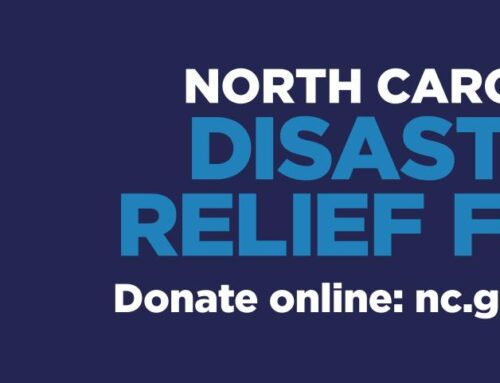During last week’s webinar on “How to Write a Quick and Dirty Marketing Strategy”, I worked through the three most important questions with three volunteers, while all of the other participants chatted in their suggestions too.
Those three questions are
1) What you you trying to do — specifically, what are trying to get someone else to do?
2) Why should they care?
3) What’s the best way to reach them?
Cindy at the Los Angeles Conservancy wanted to reach everyone in Los Angeles with the historic preservation message. After I pointed out how unrealistic that was (which was a big relief to Cindy), we worked on narrowing down her audience and figuring out why they might care about what she had to say. We talked specifically about low-to-middle-income, Latino homeowners.
Webinar participants suggested several good answers to question #2 — why these homeowners should care about historic preservation. Suggestions included protecting their investment, since their home is likely their single largest asset; increasing the value of their homes through restoration; and improving the way their neighborhoods look for their families. Going through local churches and using radio were two suggestions for the best ways to reach them.
In less than 10 minutes, Cindy went from trying to do way too much and thus probably accomplishing very little to narrowing in on a specific group of people to talk with, crafting her message in a way that’s meaningful to that group, and finding proven ways to deliver those messages to that community.
When you are going the quick-and-dirty route, it’s really that simple. Of course, when you have more than 10 minutes, you can go through a more thoughtful process. I started the webinar by outlining what I consider a full-blown marketing strategy and then explaining how you cut that back to get to the quick and dirty version.
During the webinar, we also worked on how the Watershed Agricultural Council could encourage donations to its new endowment fund and how Hearts Adaptive Riding Program could recruit more young adult volunteers and more senior volunteers — and the different communications tactics that could work with each of those two groups.





